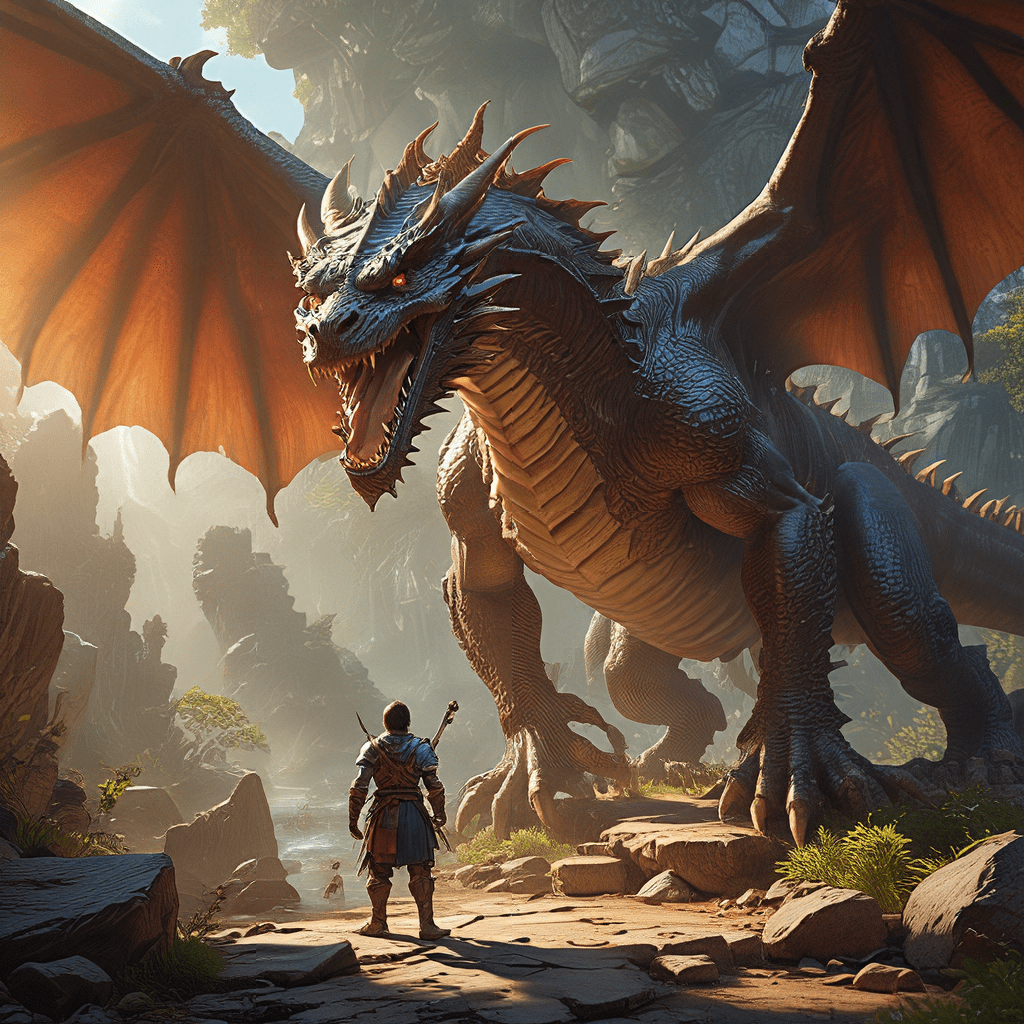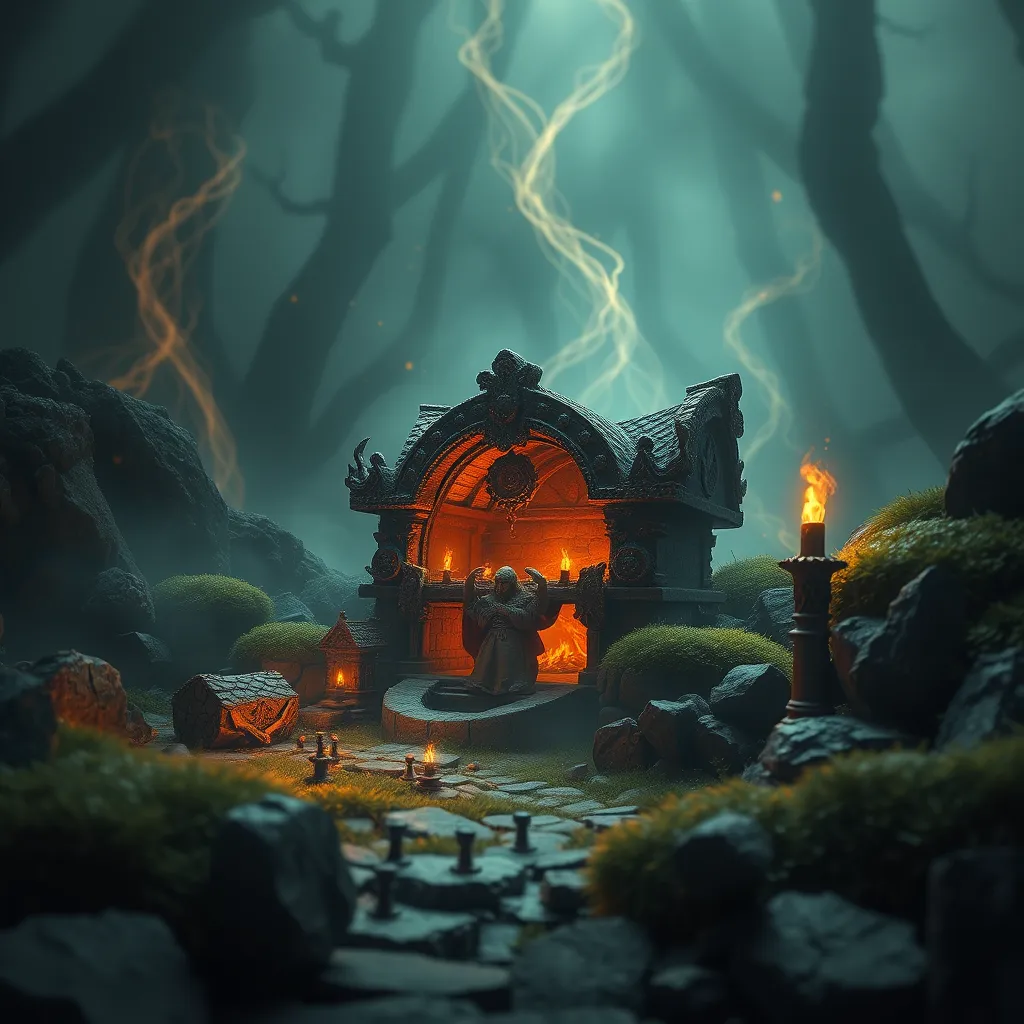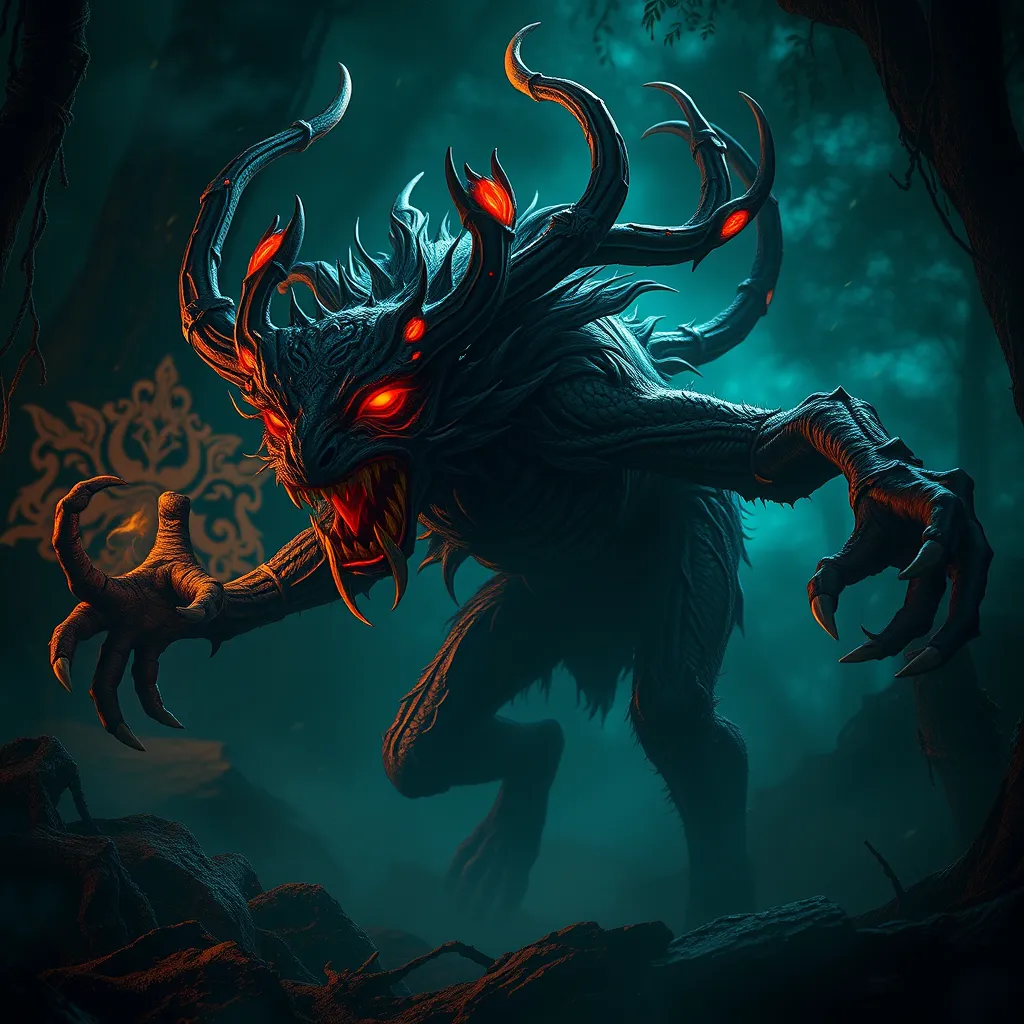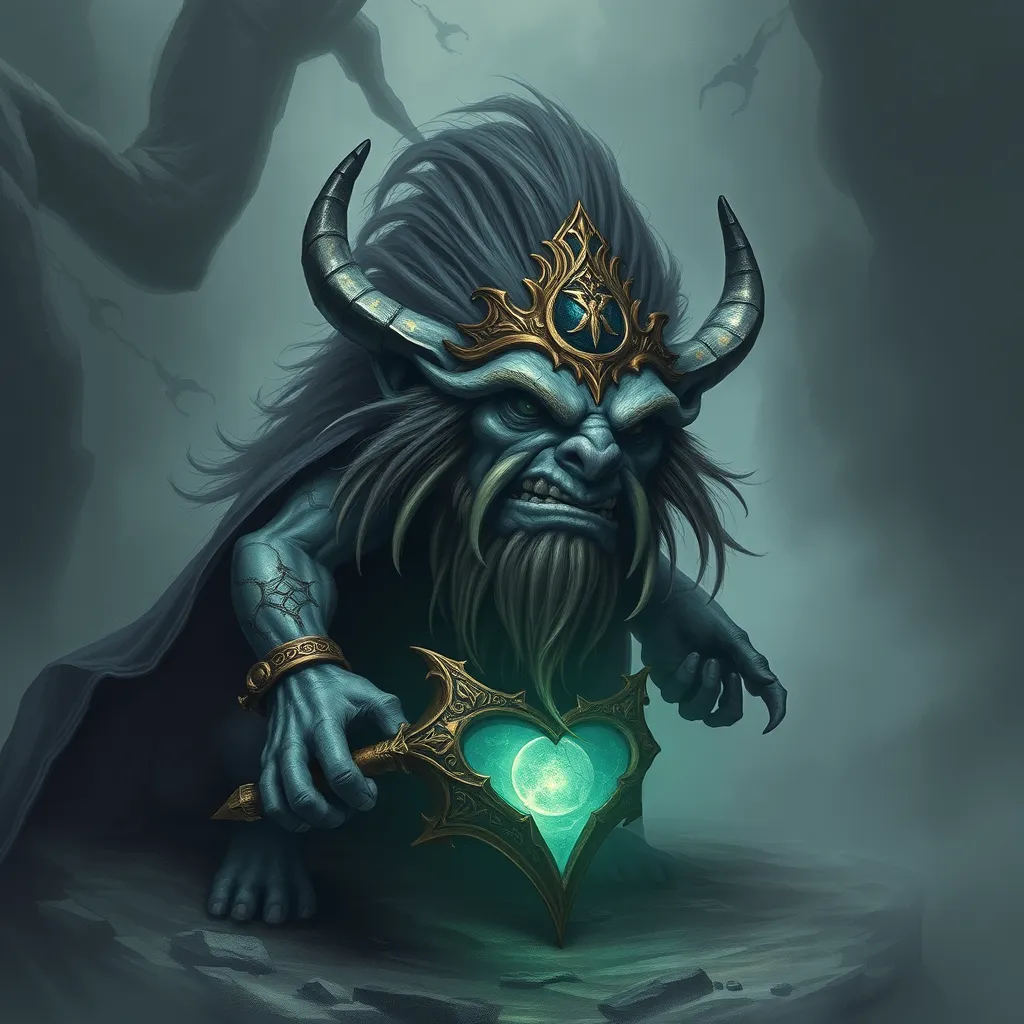The Dragon’s Quest: Examining the Hero’s Journey and Their Encounter with Dragons in Myth and Legend
The Dragon’s Quest: An Introduction
Throughout history, dragons have captured the imaginations of people across cultures, fueling countless tales of adventure, magic, and courage. These mythical creatures, often depicted as serpentine beasts with wings, scales, and fiery breath, have been both feared and revered, their presence in folklore signifying power, wisdom, and danger. The story of a hero facing a dragon, known as “The Dragon’s Quest,” is a classic narrative that transcends time and culture. This article explores the captivating world of dragon lore, examining the hero’s journey archetype and the profound symbolism embedded within these ancient myths and legends.
The Dragon in Mythology and Folklore
Dragons appear in various forms and play diverse roles in different mythologies around the world. In Chinese mythology, dragons are often benevolent creatures associated with good fortune and imperial power. In Celtic mythology, dragons are seen as guardians of treasure and protectors of sacred sites. In European folklore, dragons are typically depicted as formidable foes, guarding hoards of gold or threatening kingdoms. Often associated with fire and destruction, dragons embody primal forces of nature and the unknown. Their presence in stories serves as a catalyst for conflict, forcing heroes to confront their fears and test their courage.
The Hero’s Journey: A Timeless Archetype
The hero’s journey is a pattern of narrative common to many stories across numerous cultures. Identified by scholar Joseph Campbell, it outlines the stages a protagonist goes through on their quest, starting from the ordinary world and culminating in a transformative experience. In many dragon-themed tales, the hero’s journey begins with a call to adventure, often a threat to the hero’s community or a personal challenge that compels them to embark on a quest. The hero then enters the unfamiliar territory of the dragon’s lair, facing obstacles and trials that test their physical and mental strength. The journey involves battles, alliances with allies, and the possibility of betrayal, culminating in a confrontation with the dragon.
The Dragon as a Symbol of Power and Fear
Dragons, as mythical creatures, serve as potent symbols of power and fear. Their immense size, strength, and association with fire and chaos make them formidable adversaries, embodying the primal forces that humans have struggled to control throughout history. In some cultures, dragons represent wisdom and knowledge, guarding ancient secrets and mystical powers. In other cultures, they represent greed and avarice, symbolizing the temptations and dangers that lie within the human heart.
The Hero’s Motivation: Facing Fear and Seeking Glory
The hero’s motivation in confronting the dragon can be driven by a variety of factors: a desire to protect their community, a quest for personal glory, or a sense of duty to overcome a challenge. Often, the hero’s motivation stems from their fear of the dragon and the havoc it brings. By facing their fear and confronting the dragon, the hero conquers their internal demons, proving their courage and earning the respect of their community. The hero’s triumph serves as a testament to the potential for human courage and resilience.
The Dragon’s Lair: A Journey into the Unknown
The hero’s journey often leads them into the dragon’s lair, a place shrouded in mystery and danger. The lair might be a hidden cave deep within a mountain, a fortress of stone and fire, or a mystical realm accessed through a portal. These lairs represent the hero’s entry into the unknown, where familiar rules and comforts no longer apply. It is in this realm that the hero’s true courage is tested, as they confront their fears and overcome the obstacles that stand between them and the dragon.
The dragon’s lair is often described as a place of immense power and beauty, filled with gold, jewels, and magical artifacts. This juxtaposition of beauty and peril highlights the duality of the dragon itself, representing both destructive forces and a source of wisdom and power. The hero’s journey through the lair is a symbolic journey into their own inner world where they must confront their deepest fears and desires, ultimately emerging transformed by their experiences.
The Test of Strength and Will
The hero’s confrontation with the dragon is a test of strength and will. The dragon’s strength and fire represent the raw power of nature, while the hero’s courage, ingenuity, and skill represent the best of human capabilities. The hero may face obstacles along the way, such as traps, puzzles, or other mythical creatures guarding the dragon’s lair. These challenges are often reflections of the hero’s internal struggles, testing their resourcefulness, resilience, and adaptability.
The hero’s encounter with the dragon is a clash of titans, a struggle for dominance and survival. The battle is not only physical but also symbolic, representing the hero’s struggle to overcome their fears, overcome the challenges before them, and ultimately claim their destiny.
Themes of Transformation and Redemption
The hero’s victory over the dragon often symbolizes a transformation and redemption. The hero’s journey is not simply about defeating an external enemy, but also about facing their inner demons and achieving personal growth. By confronting the dragon and conquering their fear, the hero becomes a changed person, gaining wisdom, courage, and a deeper understanding of themselves and the world around them. The hero’s victory represents a triumph of the human spirit over adversity, reminding us of our potential to overcome challenges and emerge stronger than before.
The Dragon’s Death and the Hero’s Triumph
The dragon’s death marks a turning point in the story, signifying the hero’s victory and the restoration of order. The dragon’s demise may not be a simple act of killing, but rather a transformation, a change in its nature or a release of its power. This final act is often depicted as a release of the dragon’s accumulated power, a transference of its wisdom or energy to the hero. The hero’s triumph is not only a personal victory but also a victory for the community, as they have overcome the threat symbolized by the dragon.
The Legacy of the Dragon’s Quest: A Search for Meaning
The Dragon’s Quest is more than just a story, it is a reflection of humanity’s need to face our fears, overcome challenges, and strive for a better future. The tale of the hero confronting the dragon serves as a reminder of the importance of courage, perseverance, and the possibility of redemption. The dragon’s quest is a timeless story that resonates with audiences because it speaks to the deepest aspects of the human experience – our struggle for survival, our yearning for meaning, and our desire to overcome adversity.
## FAQ
### What is the Dragon’s Quest?
The Dragon’s Quest is a common tale in myths and legends that involves a hero facing a dragon, often a formidable creature representing danger, power, and chaos. This quest represents a journey of courage, resilience, and transformation.
### What are some famous examples of the Dragon’s Quest in literature and folklore?
Famous examples include:
* **Beowulf:** The epic Anglo-Saxon poem features Beowulf facing a dragon guarding a treasure hoard.
* **The Hobbit:** Bilbo Baggins confronts Smaug, a dragon hoarding treasure in the Lonely Mountain.
* **Game of Thrones:** Daenerys Targaryen embodies a dragonrider who uses her dragons to fight for justice.
* **Legend of Zelda:** Link faces Ganon, often depicted as a dragon-like creature representing evil.
### What does the dragon symbolize in mythology?
Dragons often symbolize power, chaos, fire, wisdom, and the unknown. Their meanings vary across different cultures, but they often represent primal forces of nature or the challenges of the human experience.
### What is the hero’s journey archetype?
The hero’s journey is a common pattern in many stories across cultures. It involves the hero’s departure from their ordinary world, facing challenges, achieving a transformation, and ultimately returning with new wisdom.
### Why are dragon stories still so popular?
Dragon stories continue to be popular because they explore themes of courage, fear, transformation, and the battle between good and evil. They offer a sense of wonder, adventure, and the timeless human struggle against adversity.



